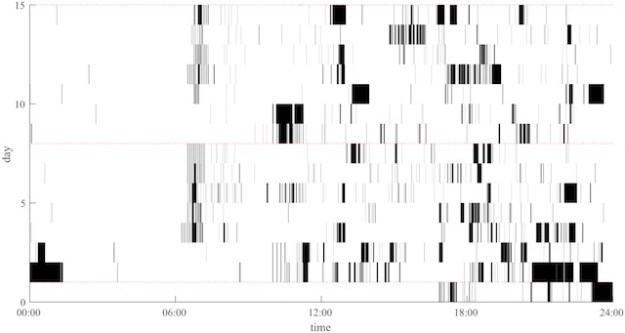Location: Molly Malones
Year: 2015
Amazon Makes It Almost Impossible To Calculate Their “Virtual CPU” Equivalent
So, it looks like I’m not the only one trying to figure out Amazon EC2 virtual CPU allocation. Slashdot runs the story (and a heated debate, as usual) on the subject of Amazon’s non-definitive virtual CPUs:
ECU’s were not the simplest approach to describing a virtual CPU, but they at least had a definition attached to them. Operations managers and those responsible for calculating server pricing could use that measure for comparison shopping. But ECUs were dropped as a visible and useful definition without announcement two years ago in favor of a descriptor — virtual CPU — that means, mainly, whatever AWS wants it to mean within a given instance family.
A precise number of ECUs in an instance has become simply a “virtual CPU.”
Chingon – Malagueña Salerosa (Kill Bill Vol. 2 Premiere)
https://www.youtube.com/watch?v=5_0OLeM4rf4
You are your phone

Here are a couple of quotes from the “You are your phone” article:
Even obscure variables such as how frequently a user recharges the phone’s battery, how many incoming text messages they receive, how many miles they travel in a given day or how they enter contacts into their phone — the decision to add last name correlates with creditworthiness — can bear on a decision to extend credit.
and
The test subjects used their phones more than five hours a day, on average. Much of that usage went on unconsciously, the researchers found. When the subjects were asked to estimate how often they checked their phone during a day, the average answer was 37 times. The tracking data revealed, however, that the subjects actually used their phones 85 times a day on average, more than twice as often as they thought.
It’s an interesting read, though not too surprising.
Christmas spirit
Here’s a glimpse into the Qobo Christmas party from last Saturday. I’ll consider it as an improvement from my other Christmas GIF.

